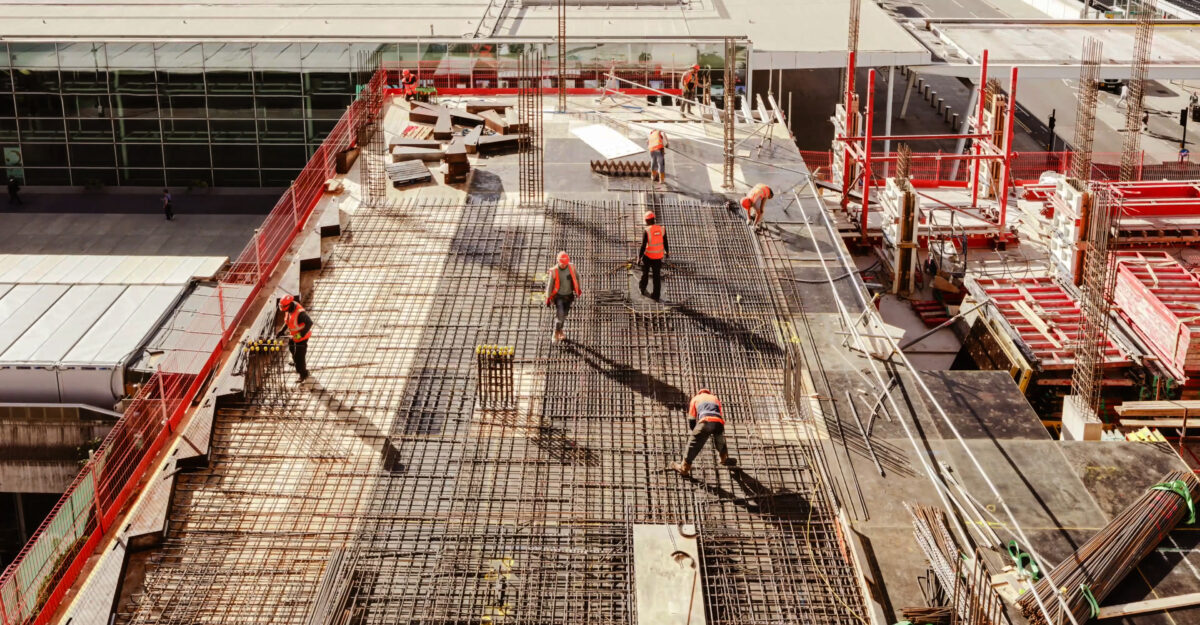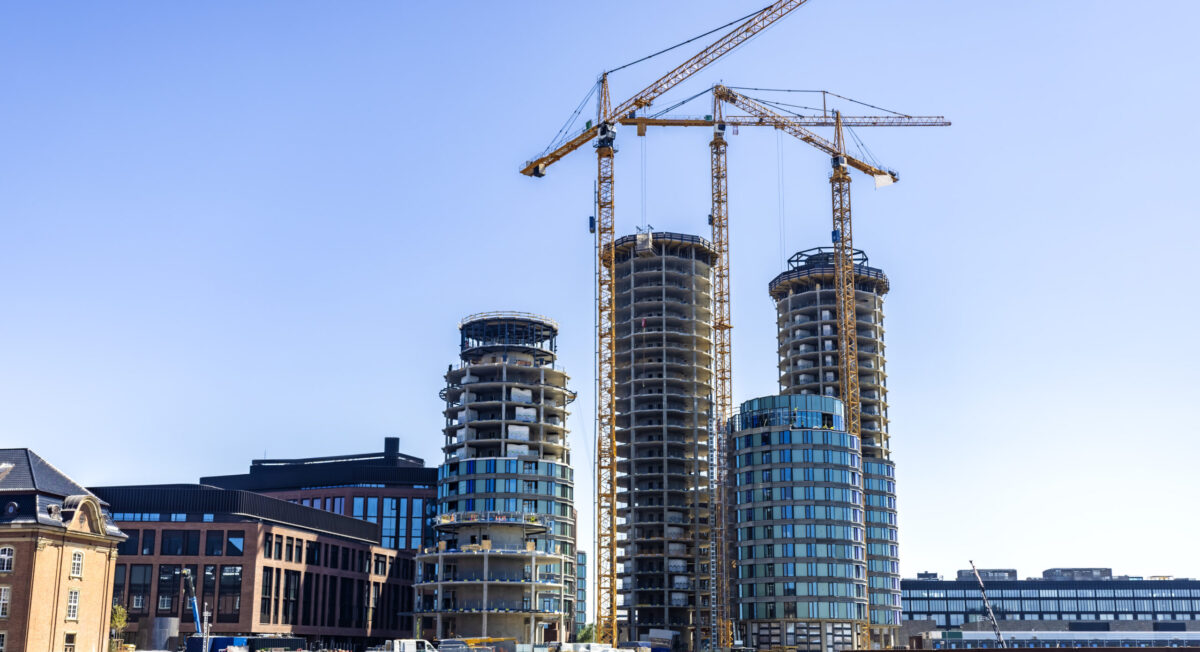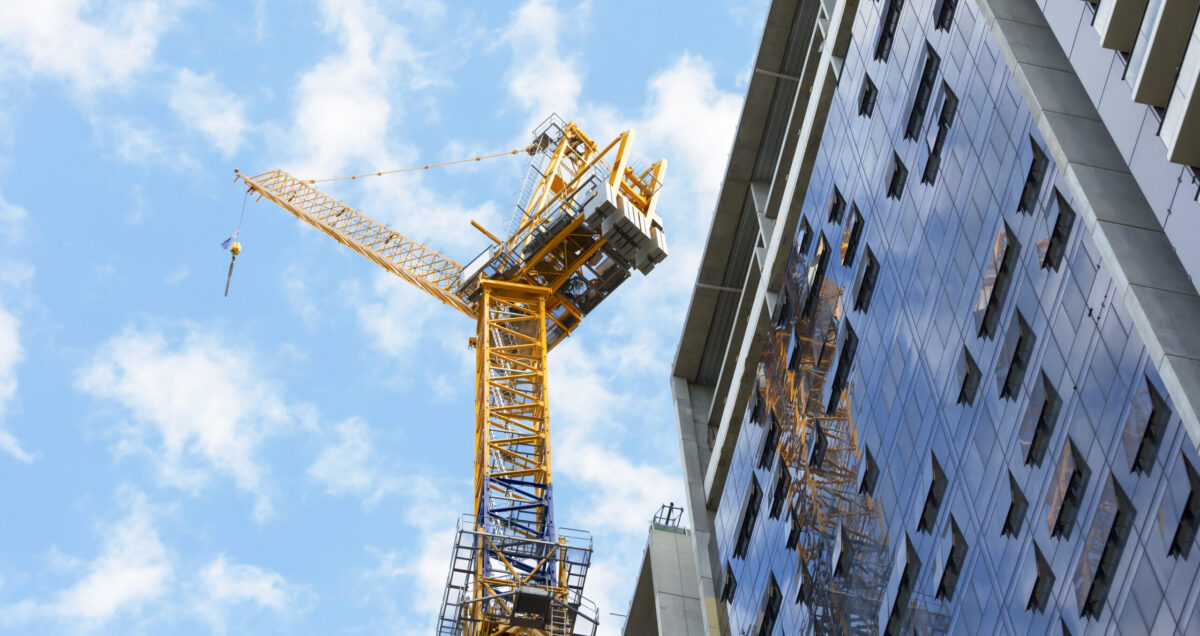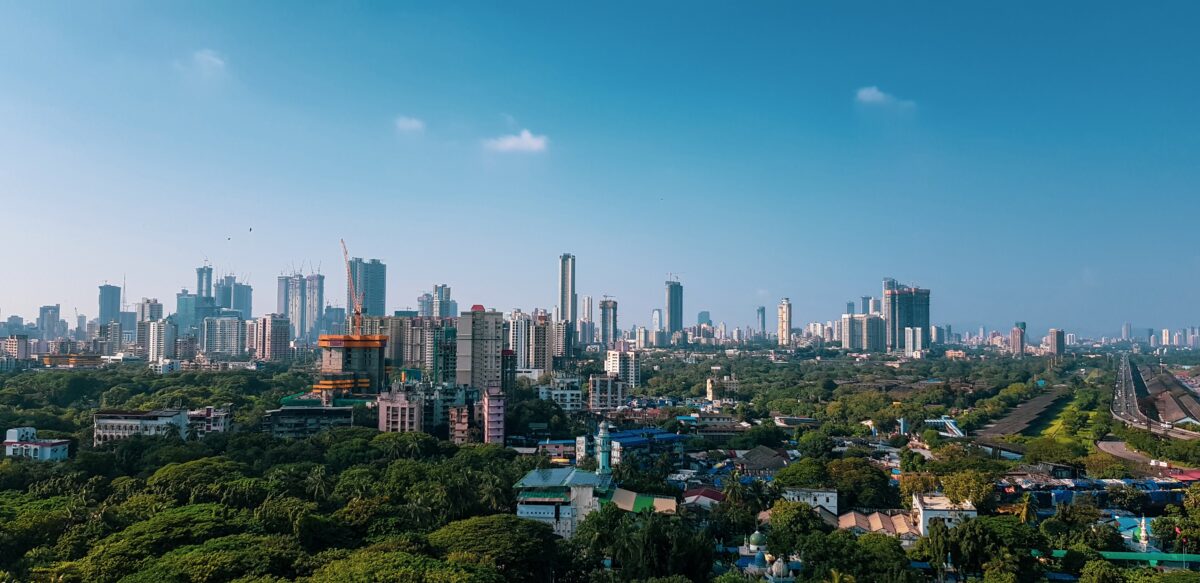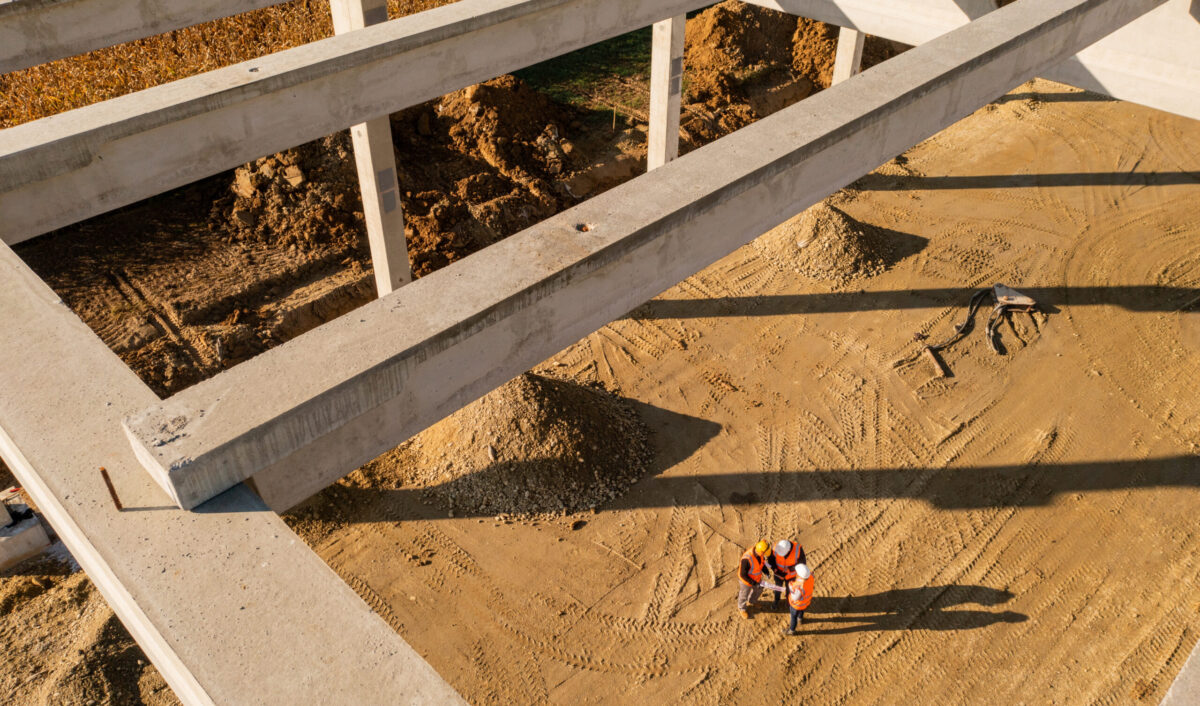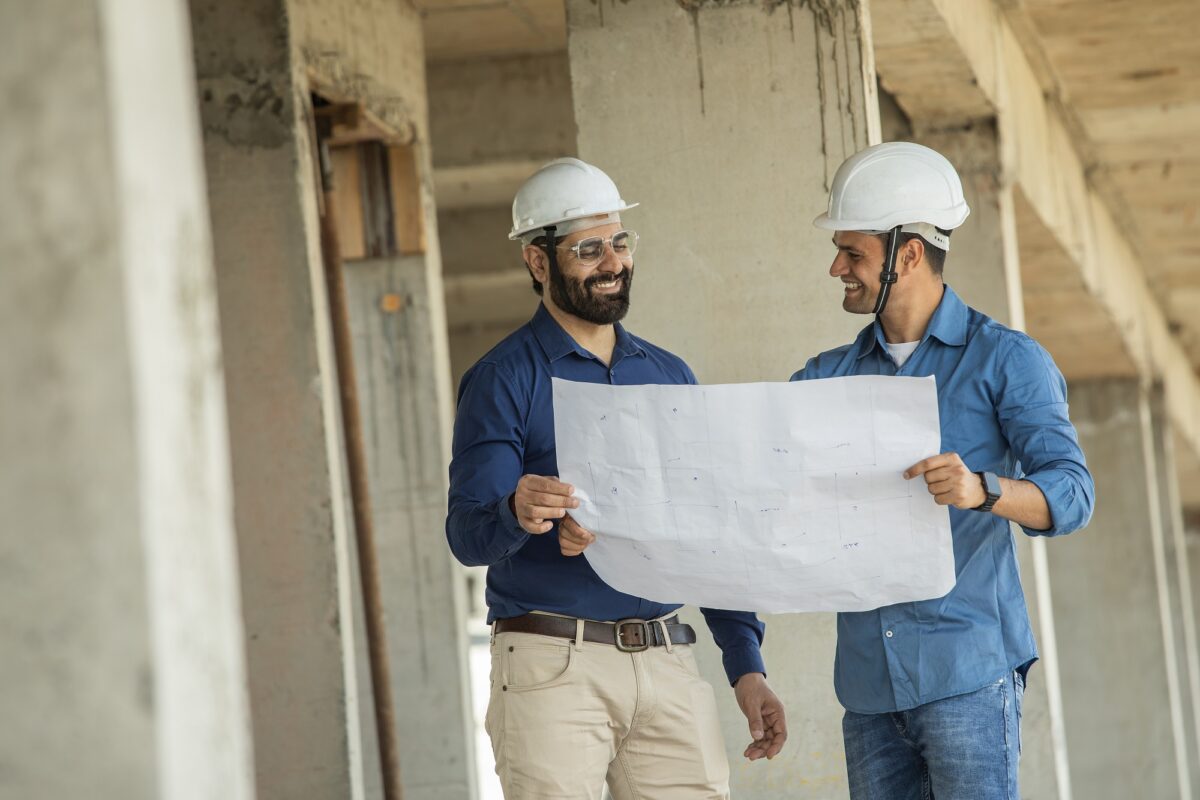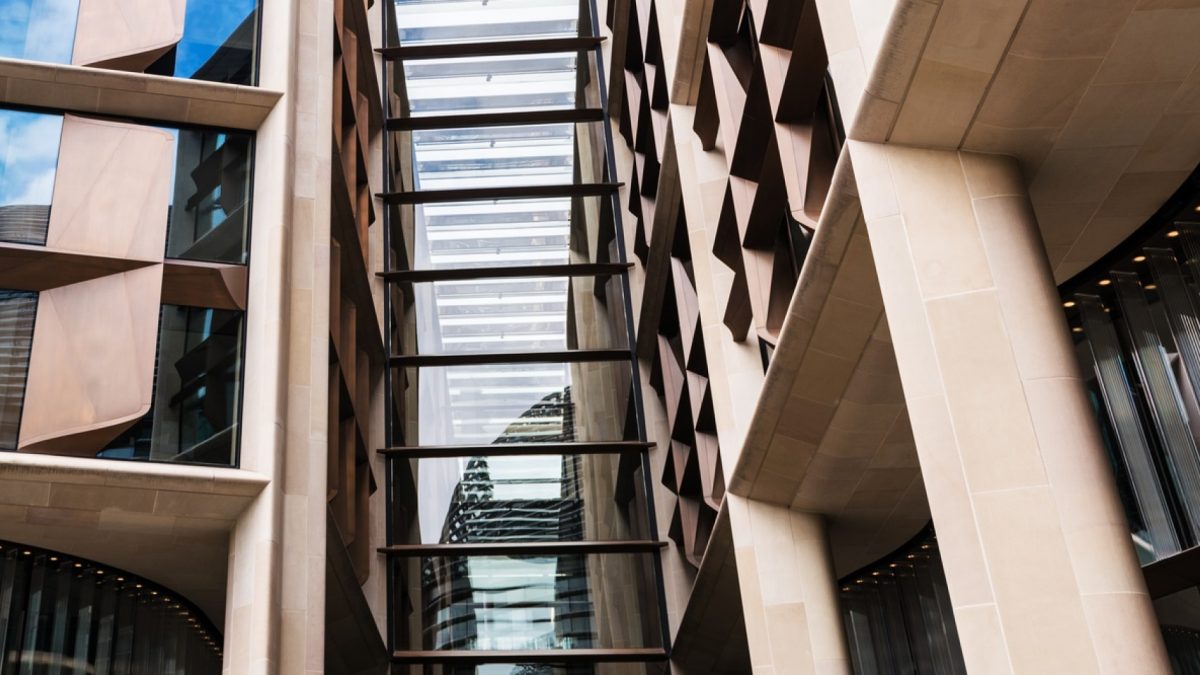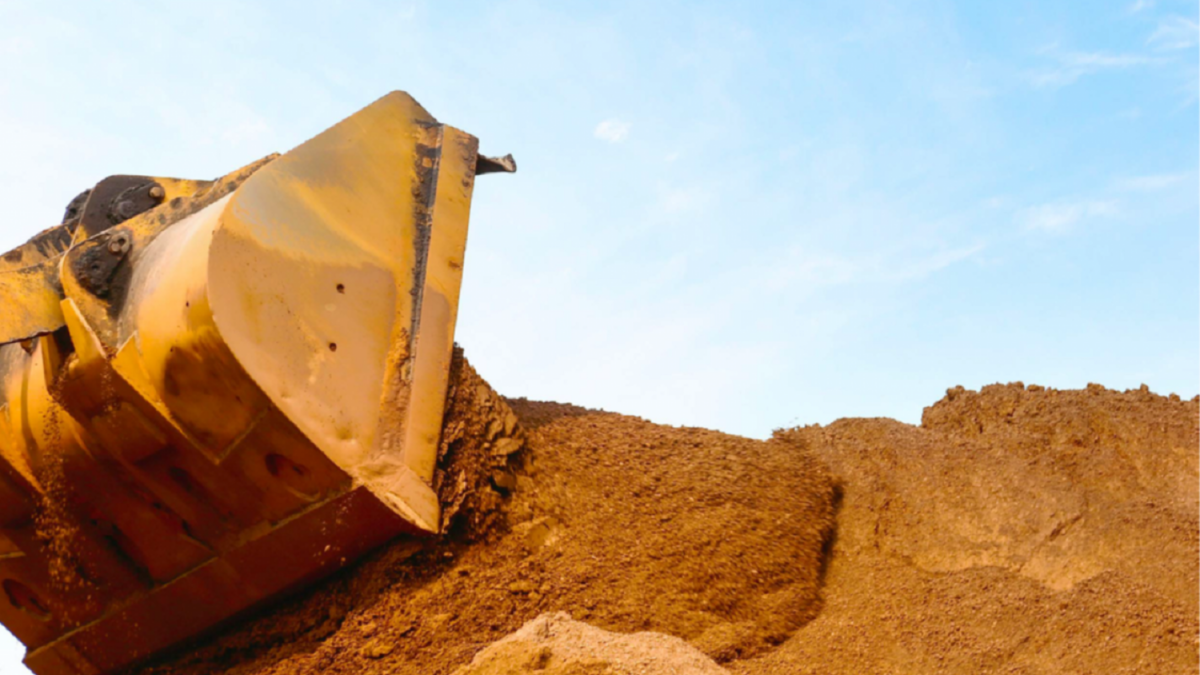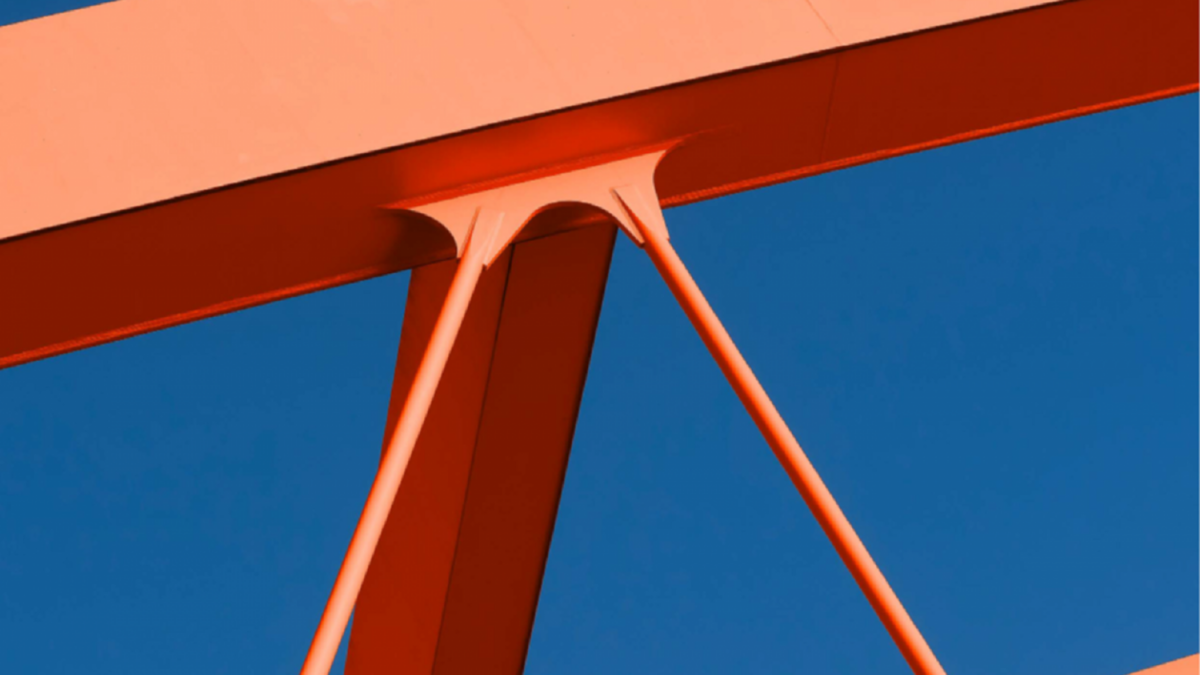The article explores why climate resilience must shift from being a reactive response to extreme weather to a core business and growth strategy for India. With nearly 70 percent of the country’s infrastructure yet to be built by 2047, the real estate sector has a critical window to embed resilience into the foundation of India’s development journey.
Building the blueprints for resilience—not as a response to crisis, but as a strategy for sustainable growth
